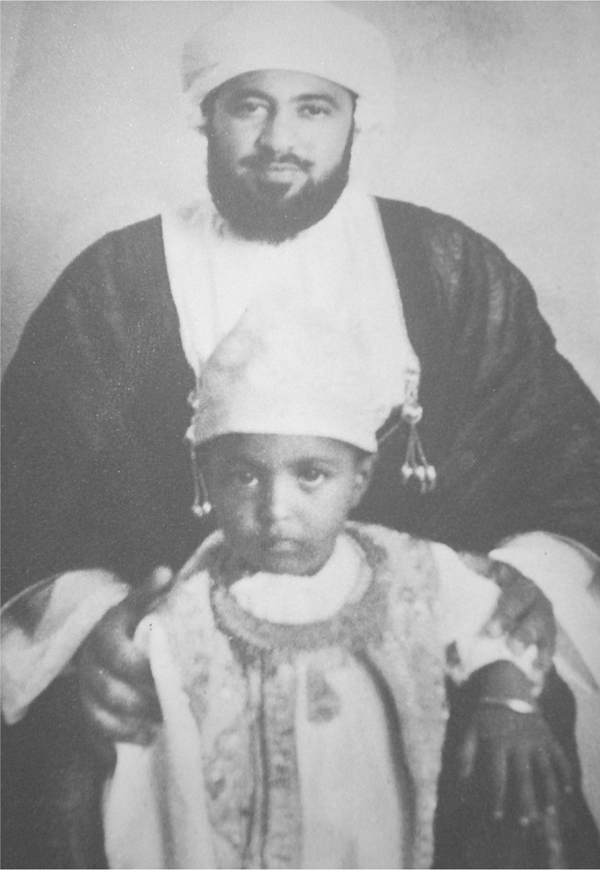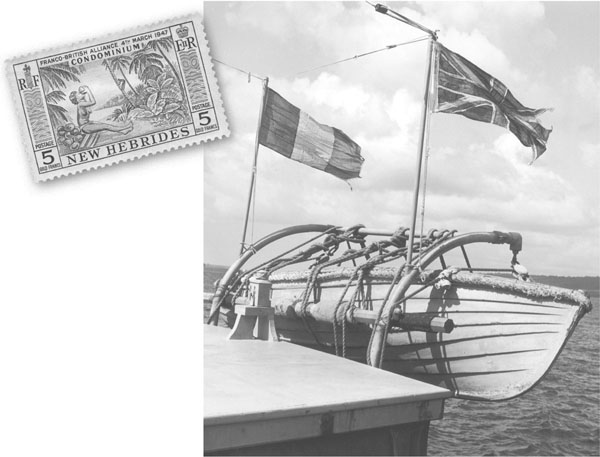Illustrations

1. ‘In these dark days man tends to look for little shafts of light that spill from heaven.’ Alexander Cadogan, Permanent Under-Secretary of the FCO (right), entering the Potsdam Conference in July 1945. In the centre, Sir Archibald Clark Kerr, Ambassador in Moscow, author of the infamously vulgar telegram (p. 46).
2. Proof that the great man of Turkish diplomacy really did exist. His calling card, left at the British Embassy in Moscow, now resides in a scrapbook belonging to the former BBC foreign correspondent Douglas Stuart.

3. Sir Hughe Knatchbull-Hugessen (p. 90) with his wife in Shanghai, 1937. China was one of his many foreign postings. The ambassador was invalided home after his car was machine-gunned by a Japanese fighter aircraft.

4. Sir Eric Phipps, in dress uniform, with Hitler. The penultimate British Ambassador to Germany before the Second World War hated the Nazis and opposed appeasement.

5. Hermann Göring in hunting garb. The head of the Luftwaffe liked to show off at his country estate in the Schorfheide. Phipps described ‘the almost pathetic naïveté of General Göring, who showed us his toys like a big, fat, spoilt child’ (p. 89).

6. A family portrait. Sultan Said bin Taimur (top) ruled Oman for nearly forty years until deposed by his son in a 1970 coup. Qaboos (bottom) has reigned over Oman ever since.

7. John Phillips, the British Consul-General in Muscat (in white shirt on left), with other European expats, c.1960. The elder Sultan is in the centre foreground. Phillips’s despatch is on p. 33.

8. A President in his prime: President Bongo of Gabon practises t’ai chi in Paris, 1970. ‘In everything but stature he is larger than life,’ observed the British ambassador, Anthony Golds (p. 261).

9. Sir John Russell, British Ambassador to Brazil, 1966–9. Russell built a reputation in the Foreign Office on his epic, comic despatches from Rio (pp. 64, 71 and 179).

10./11. Alan Davidson, British Ambassador to Laos, in official mode in Vientiane – the Bentley was Davidson’s own – and at leisure in his garden in 1974. Talented eccentrics have long found a home in the Diplomatic Service but Davidson left the FCO the following year, and became a famous cookery writer (p. 152).

12. Papa Doc, with rifle. In 1970 the incoming British ambassador thought President Duvalier looked ‘exactly like anybody’s family doctor or solicitor … his general air of mildness made it difficult to remember that I was shaking one of the most bloodstained hands in recent history’ (p. 111).

13./14. A curio of empire. The New Hebrides had a unique Condominium government with British and French Residents exercising joint control. The tiny Pacific archipelago was burdened with two legal systems, two currencies and two different police uniforms (p. 332).

15. Peter Penfold with Zainab Bangura, a Sierra Leone government minister. In 1997 Britain’s High Commissioner backed a plan to ship arms to Sierra Leone, against a UN embargo. The official report criticized Penfold – but on his return to Freetown he was hailed as a hero (p. 59).

16./17. (Baroness) Daphne Park, pictured here as a young woman in wartime, and later in life, was a senior controller in MI6. She worked as a diplomat as cover. Her remarkable valedictory from Hanoi is on pp. 365–75.

18./19. Maksat. John Major’s birthday horse had to be sprung from the clutches of the Moscow railway in the midst of a constitutional crisis. He has since found a happy home in Carmarthenshire, and is a champion endurance racer (p.47).

20. The Turkmenbashi. A screwball dictator, Saparmurat Niyazov held brutal sway over Turkmenistan from 1990 to 2006. This twelve-metre-high gold statue of the President rotated every twentyfour hours so as to always face the sun.
















